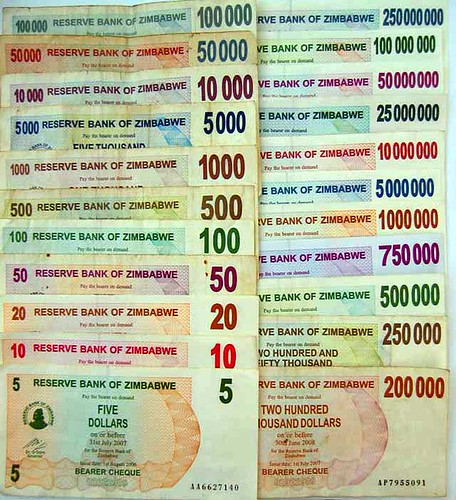Some Facts about Inflation in India
Rising Inflation has been the cause of concern for various emerging economies like India & China & other Asian peers. Sparing no segement of the economy & Indian society, it has badly hit the
· Spending power of Indians
· Investment Scenario in India
· Saving Culture in India
What is Inflation???
In simple words, Inflation is the general rise in the price level of goods & services in the economy. To put it in layman’s language, Inflation reduces the real value of money.
For Example - Ram had a monthly income of Rs 25000 & his monthly expenditure is Rs 15000 & he is use to save & invest Rs 1000o per month out of his monthly salary. Now, when we go into the market & buy food & vegatables for his family. He found the price level of food articles to be more than 10% than the previous year. Now considering no increase in his monthly income salary his monthly Expenditure increases by Rs 1500 i.e Rs 16500 & the left over money of Rs 8500 remains available to him in the form of Investments & savings as against Rs 10000 earlier.
How to measure Inflation
Inflation is normally measured by WPI data taking into consideration a given set of 435 commodities from agriculture to industrial commodities. The another way to measure Inflation is Consumer Price Index (CPI) whih is followed by other developed economies of the world. So when you read 7% Inflation rate in newspaper, it is actually referring to WPI
What Causes Inflation
Some major causes of Inflation are
· Loose Monetary Policy by reducing CRR (Cash Reserve Ratio)
· Increase in Production costs because of high input prices
· Decrease in Exchange Rates
· High prices of crude oil at the International level
How to beat Inflation
· During the times of high inflation rates, the savings returns turn negative as the real value of Rs 100 today would be Rs 70 after 5 to 7 years considering 5-7% inflation rates. So, I would suggest you to invest somewhere may be in balanced funds if you are conservative investor or invest in equity funds if you are a young & aggressive investor
· During the times of high inflation rates like 10-12% during the recession times of 2008, it becomes very important to time the market as the equity market always try to over react to the inflation concerns in any economy that may be developed or developing.
· You may wait for interest rates to go up & lock your investments at high interest rates
This article is written by Mayank Gupta, Founder at Wealth Bazaar Financial Managers http://www.wealthbazaar.in/., a wealth management company. He is MBA (Finance) & can be reached at info@wealthbazaar.in

















